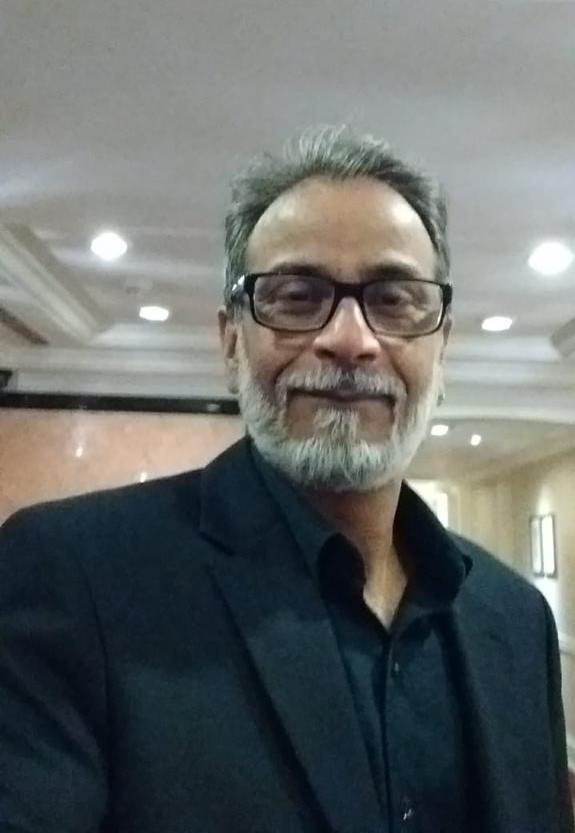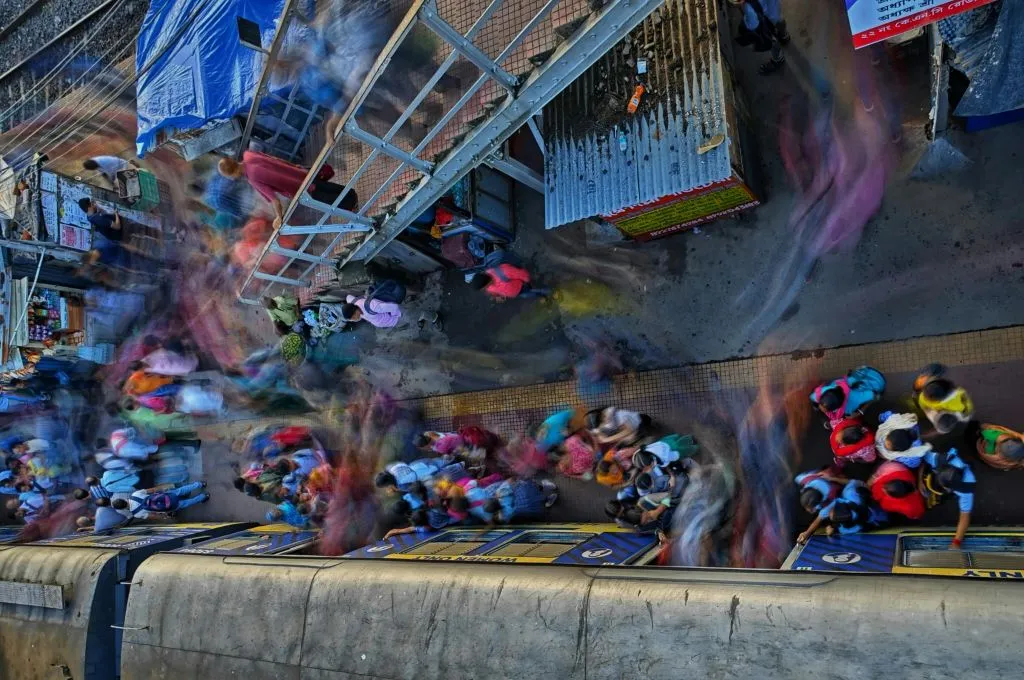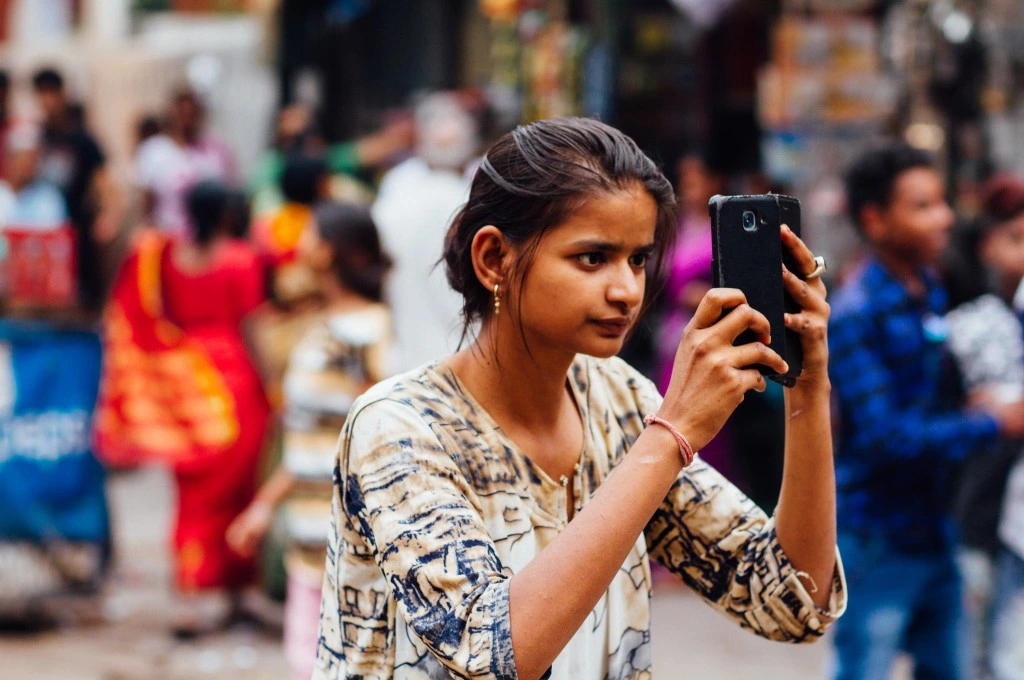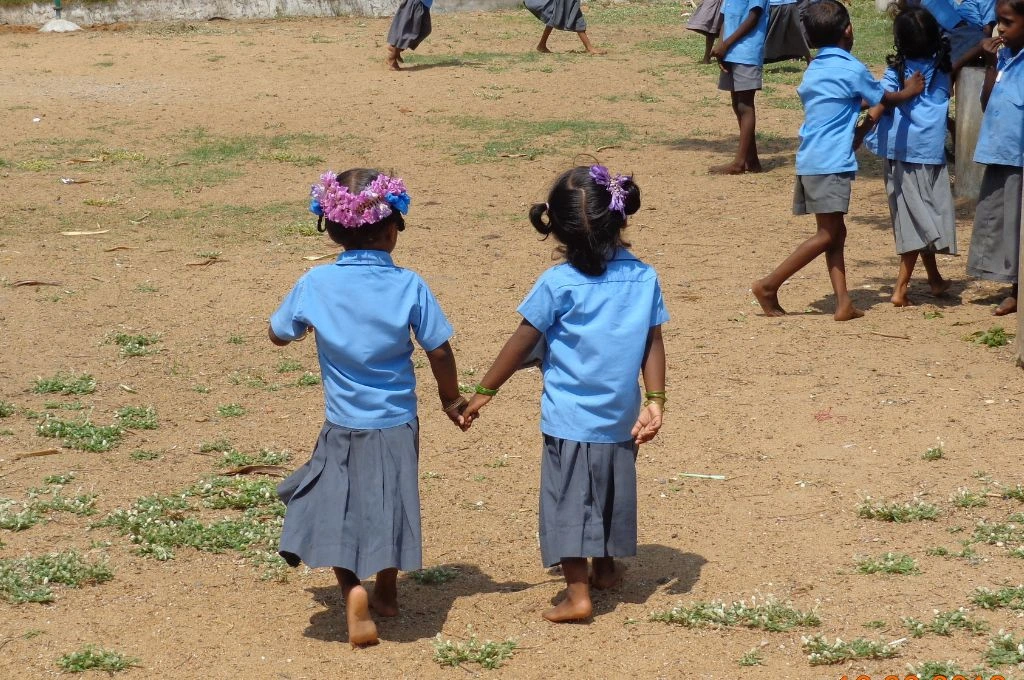This summer, activist Bezwada Wilson tweeted that India undercounted by 35 percent workers who died in sewers and septic tanks over the past five years. Wilson is National Convener of Safai Karmachari Andolan, an association of sanitation workers seeking to end manual scavenging—a task assigned to India’s lowest caste members that was banned in 2013.
“Saving lives would have been easier than fudging data,” Wilson tweeted. But fudging data on caste is hardly necessary since information on caste-based inequities barely exists.
Why does the practice of manual scavenging continue in India? Why can’t the government mechanise sewer cleaning and stop this inhuman practice, as it has indicated it aims to do? The answer lies in entrenched inequalities that are reflected in both development discourse and in data.

Caste reproduces poverty and exclusion in ways that often cut across the Sustainable Development Goals (SDGs). Yet, while evidence of caste discrimination is unequivocal, there is very little data to monitor progress in addressing caste-based disparities in the context of development targets. India gained independence over seven decades ago, but caste-based exclusion and inequality, both formal and informal, have continued to defy development efforts. On both international and national levels, data on caste is largely lacking.
This lack of data has real-life impacts, as we see in the example above. In an unequal world, uncounted people are not just data that is missing. A democracy failing to enumerate the vulnerable disenfranchises those who need its support the most.
Ignoring caste impacts hundreds of millions of people
How serious is the problem? Millions of people around the world are born into pre-ordained and deeply inequitable social class or caste systems. These systems determine what opportunities they will face throughout their lifetimes.
If they were one country, Dalits globally would be the seventh largest country in the world (or fourth if we include those who converted to Buddhism or Islam but continue to be treated as Dalits). Dalits face descent-based discrimination, including untouchability and stigmatisation from caste or caste-like systems. Similarly, denotified tribes (a term that dates back to the Criminal Tribes Act of 1971) account for around 150 million people who are primarily nomadic and largely excluded from India’s official data.
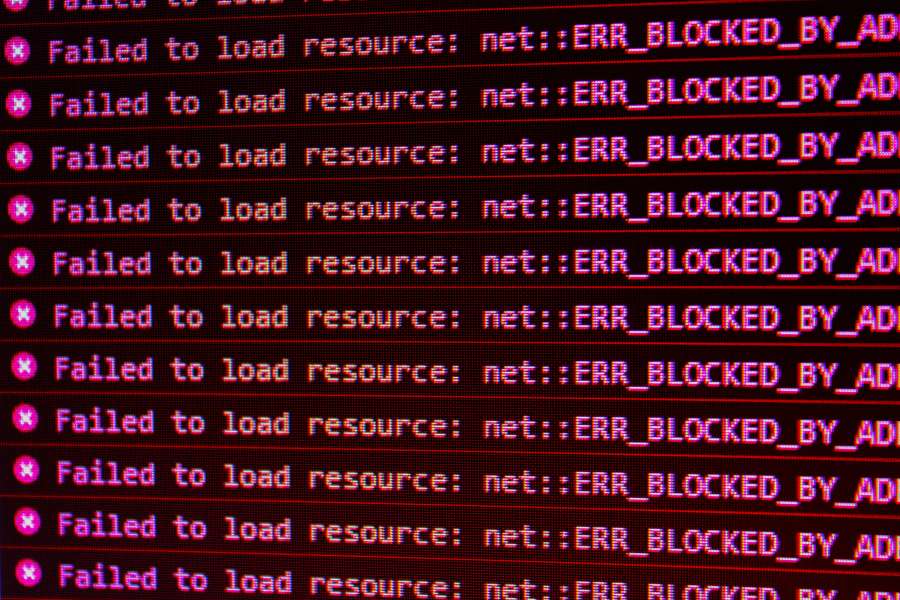
Official data in India categorises people as either part of Scheduled Castes (lower-ranking groups including Dalits) or non-Scheduled Class (higher-ranking groups, including high-caste Hindus and Other Backward Classes). These categories gloss over considerable heterogeneity. People within “Other Backward Classes” make up over half of India’s population, and many face living conditions that are similar to Scheduled Caste members.

A more holistic picture of poverty and inequality in India emerges through surveys conducted by private research agencies. Consumption data at the household level, which is a more robust measure of well-being than income, is obtained through the India Human Development Survey by the University of Maryland and the National Council of Applied Economic Research, a non-profit think tank. While their data richly paint a picture of poverty and inequality, the government doesn’t accept this data for advocacy or policy change.
The impact of failing to account for caste
The lack of data on class reflects and reinforces existing inequalities. Take the example of land, a historical source of economic and social power. We do not know how caste intersects with rates of land ownership. Who acquired more lands? Who became landless in the last seven decades of Independence?
The validity of gender as a social category is widely accepted while caste continues to be an anathema for both development practitioners and duty-bearers.
We do not know how many people within each caste have access to government welfare benefits and social security. We cannot track progress across caste stratum toward the SDGs. The limited data we do have tells us the picture is worse for people from historically marginalised classes. For example, on average, women from Scheduled Castes have life spans that are 14.6 years shorter than the national average, but we do not know whether this is worse among thousands of diverse communities grouped as Scheduled and Other Backward castes. How many child labourers come from which castes? How many homeless belong to Dalits or Scheduled Castes and denotified tribes? How do infant mortality rates pan out across caste lines? We cannot answer these questions or develop policies to address disparities without collecting more and better data.
Denying development by ignoring caste
It’s no coincidence that the Indian government resists collecting or publishing data enumerating individual castes. What we choose to count reflects our values. The lack of a caste-informed development framework is—qualitatively and politically—different from frameworks that ignore other identity factors, like gender, for example. The validity of gender as a social category is widely accepted while caste continues to be an anathema for both development practitioners and duty-bearers.
For example, The Indian Model of SDG Localisation, prepared by the Niti Aayog (India’s policy and planning authority) and the United Nations in India, largely ignores realities of caste. In doing so, it seeks to achieve the impossible, i.e. localising development goals while ignoring caste realities. Similarly, a recent report from the UN’s Special Rapporteur on extreme poverty and human rights aims to raise awareness about the millions of socially vulnerable people who do not or cannot access social protection. But it fails because it ignores an intersectional lens, attempting to describe individuals who are cut off from social benefits bereft of their social locations of caste, race, gender, religion, and sexual orientation.
Globally, the lack of development has been the predominant framework to design, plan, execute and assess social development interventions. The assumption has been that development will eventually reach the people who are most marginalised—however gradually. The evidence, however, has been quite contrary. Despite the leave no one behind agenda, we have not been able to distribute development equitably.
Systemic denial in generating granular data relevant to the majority of its people who fall into historically marginalised castes is not going to take India anywhere close to achieving the SDGs. Whether and to what extent data exists to measure caste depends on our frameworks and priorities. Often, we stumble upon data of peoples and communities who continue to be left behind systemically. To rectify, I submit we develop and use a denial of development framework. In the Indian case, it would help us foreground caste as a persistent structural reason for inequality and deprivation and drive better data design and collection on caste.
This article was originally published on The Data Values Digest.

